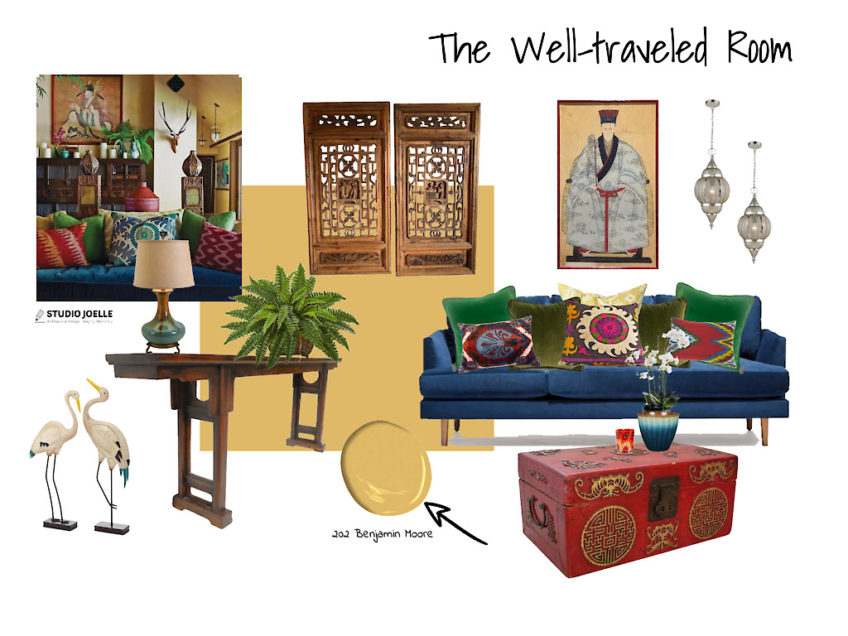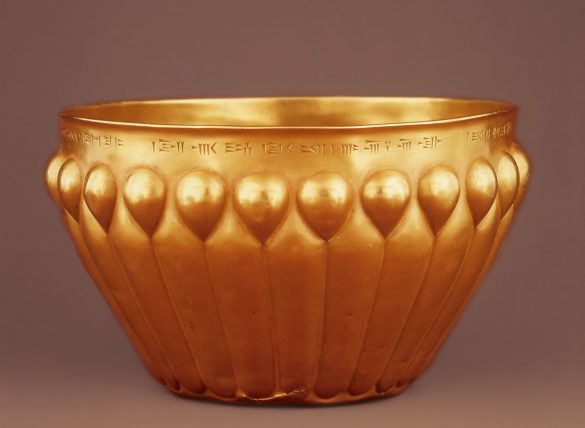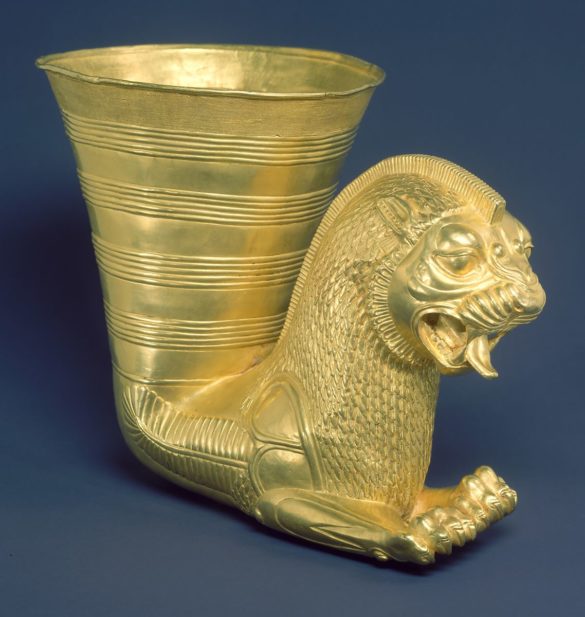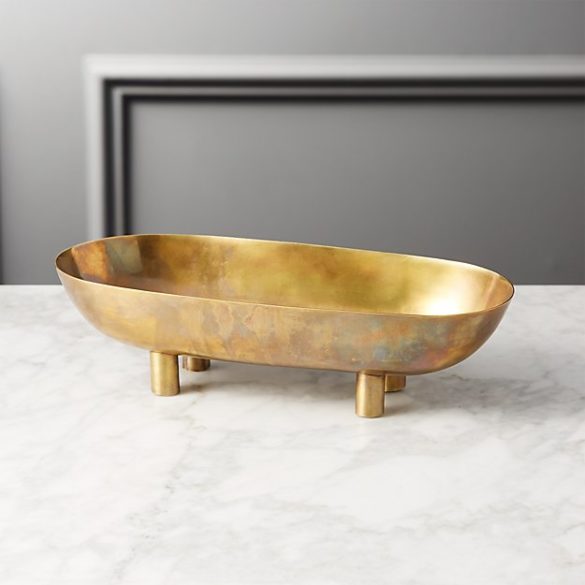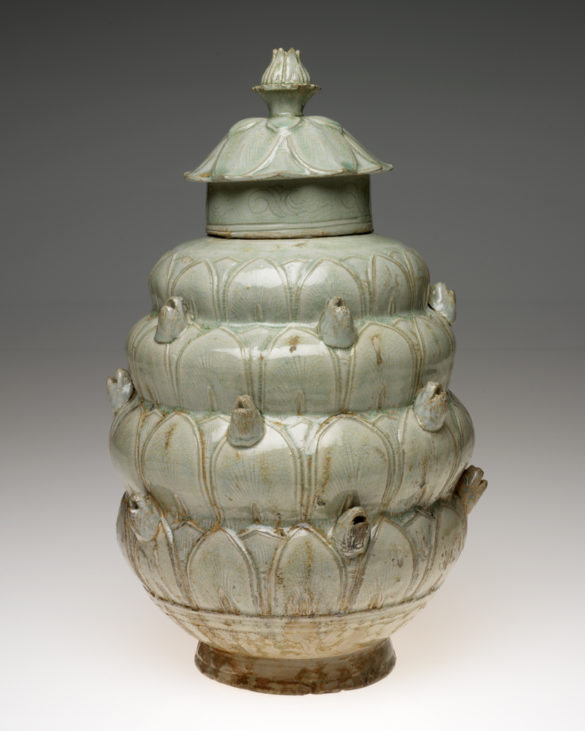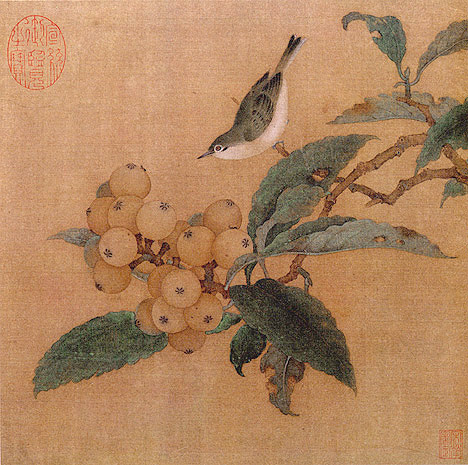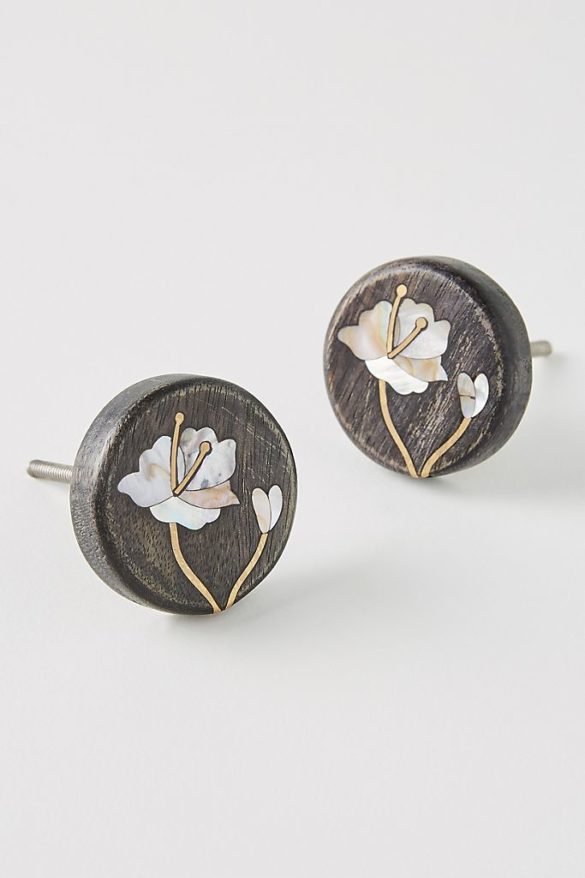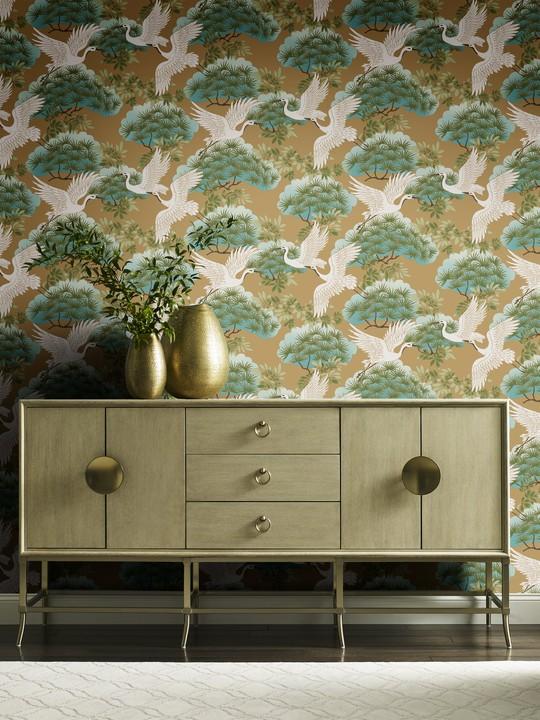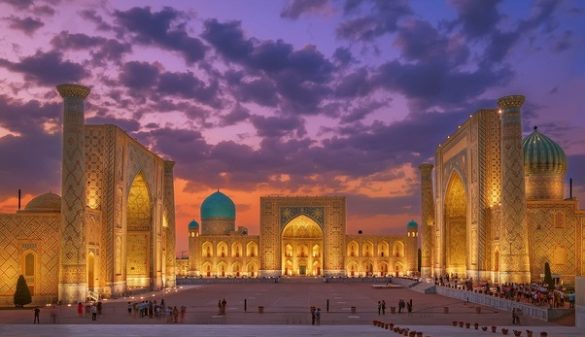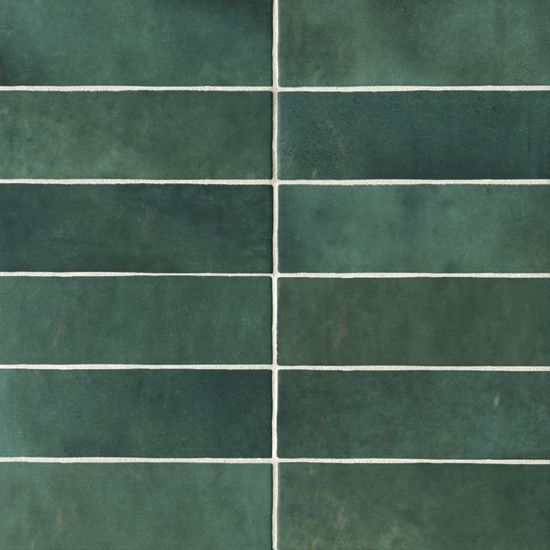– Silk Road Edition Bring the Beauty and History of the Ancient Far and Middle East into Your Living Room through E-Design
With travel restrictions still in place and concerns about leaving home still percolating in the US and abroad, it can be difficult to fulfill the wanderlust that has taken hold (and not let go) of so many minds. Thankfully, the easiest way to squish the travel bug is to add a bit of history and a dash of culture to one’s home through a quick and simple redesign. Inviting luxurious textiles, a fresh coat of paint, a new ream of wallpaper, or a stunning antique into one’s home can transform it into a destination.
For a simultaneous infusion of luxury and history, one might consider morphing their living room into an ode to the Silk Road. Functioning for nearly 1,500 years, the Silk Road spanned Asia, the Middle East, and medieval Europe, infusing the many miles of heavily-trodden passages with countless innovations in technology, art, cuisine, and culture. With countless art enthusiasts and architecture buffs still drawn to Beijing, Dunhuang, Samarkand, and Istanbul each year, the ancient Silk Road’s many historic cities provide the perfect inspiration for would-be travelers.
Find Your Way to Fourth Century Persia
The Silk Road, which most link mentally to China, actually began as a series of information-trading routes in fourth century BC Persia, though it did not evolve into a functional cross-continent trade route until the early first century BC. However, one might choose to honor the origins of the Silk Road by incorporating ancient Persian elements into one’s living room. Consider design elements from the Achaemenid Empire, which held power in what is now Iran from the mid sixth to late fourth centuries BC. According to an essay published by The Metropolitan Museum of Art, the Achaemenid Persian Empire was “the largest that the ancient world had seen” and one of the richest.
Hallmarked by bas-relief sculptures, exquisitely cast gold bowls, “horn-shaped vessels ending in an animal’s head,” and other animal-shaped ornaments, the Achaemenid Empire made use of the most talented craftsmen and most stunning materials available at the time. Consider incorporating pieces similar to the gold fluted bowl or animal cup (both pictured above and which currently reside in the Met’s collection), heavy but delicate metal pieces inspired by the period, or other carvings of classical imagery. Gold pieces can be in modern shapes, like the early 19th century French-inspired Antique Gold Library Bookcase pictured above on the left, or serve traditional uses like the Gleam Brass Footed Bowl by CB2 above on the right, and still harken back to ancient Persia.
Treat the Room to Textiles and Trinkets of Ancient China
According to the article “The Silk Road: the Route for Technological Exchange that Shaped the Modern World” by Open Mind BVVA, which recounts an ancient Chinese legend, silk, which is “one of the oldest fibers known and used by humankind,” was discovered by Empress Hsiu Ling Shi in the third millennium BC. The Empress “accidentally discovered it while drinking tea under a mulberry tree,” where a silk worm’s cocoon fell into her cup and “began to unravel,” displaying threads of delicate silk.
This lore, and the mystery the Chinese fostered around the creation of silk, contributed to the growing interest in silk throughout the Near East and Western world in the early days of the Silk Road. Though the Chinese emperors and their subjects initially closely guarded the process of sericulture, the “the Byzantine Empire took over the secret” in the 6th century AD, “coming to control this market in the Mediterranean basin,” before conflict with the Persians was met in the 7th century.
The Chinese also passed along paper, porcelain, painted screens, and the first wallcoverings to the West. Adding a textured mulberry paper, mock-tapestry, or patterned silk wallpaper to one’s living room adds an air of ancient Chinese luxury and mystery; compliment wallcoverings and add contemporary flair with porcelain or jade vases or figurines cast in modern, striking shapes or with decorative drawer pulls.
Unify the Space with Elements from Uzbekistan
Samarkand, a city in what is now modern-day Uzbekistan, has long been considered one of the ten most significant destinations along the Silk Road. Described in the fourteenth century by Ibn Battuta as “‘one of the greatest and finest of cities, and most perfect of them in beauty,’” Samarkand played a pivotal role in the passage of culture, language, craft, and natural resources (gems, gold, etc.) along the ancient route.
According to UNESCO, “the location of Uzbekistan in the center of [the] Eurasian continent allowed it to play a key role in the transcontinental system of the Great Silk Roads.” To capture the soul of ancient Samarkand, search for “glazed dishes and goods made of glass, which were manufactured there, [and] stand out with their high quality, with their rich assortment and elegant artistic design,” and which were created mostly for international markets. Stunning Islamic-inspired tilework and other ceramic wares in bright blues, natural colors, and shocking reds were also created throughout Uzbekistan from the third to thirteenth centuries AD.
Include deep blues and greens, warm mustards, moody reds and arabesque, geometric patterns throughout the room to contribute a bit of ancient Uzbekistan. Add simple modern tiles that capture the spirit of Uzbekistan, like those pictured above on the left, in small doses rather than across the entire floor, to the backs of shelves of a bookcase, the underside of a glass coffee table, or on a side table as coasters. Add a touch of gold, so commonly used throughout Samarkand, with the geometric end table pictured above on the right.
Schedule a free 15 minutes Virtual Design Consultation with Joelle here
View our Well Traveled Room e-Design Package here
